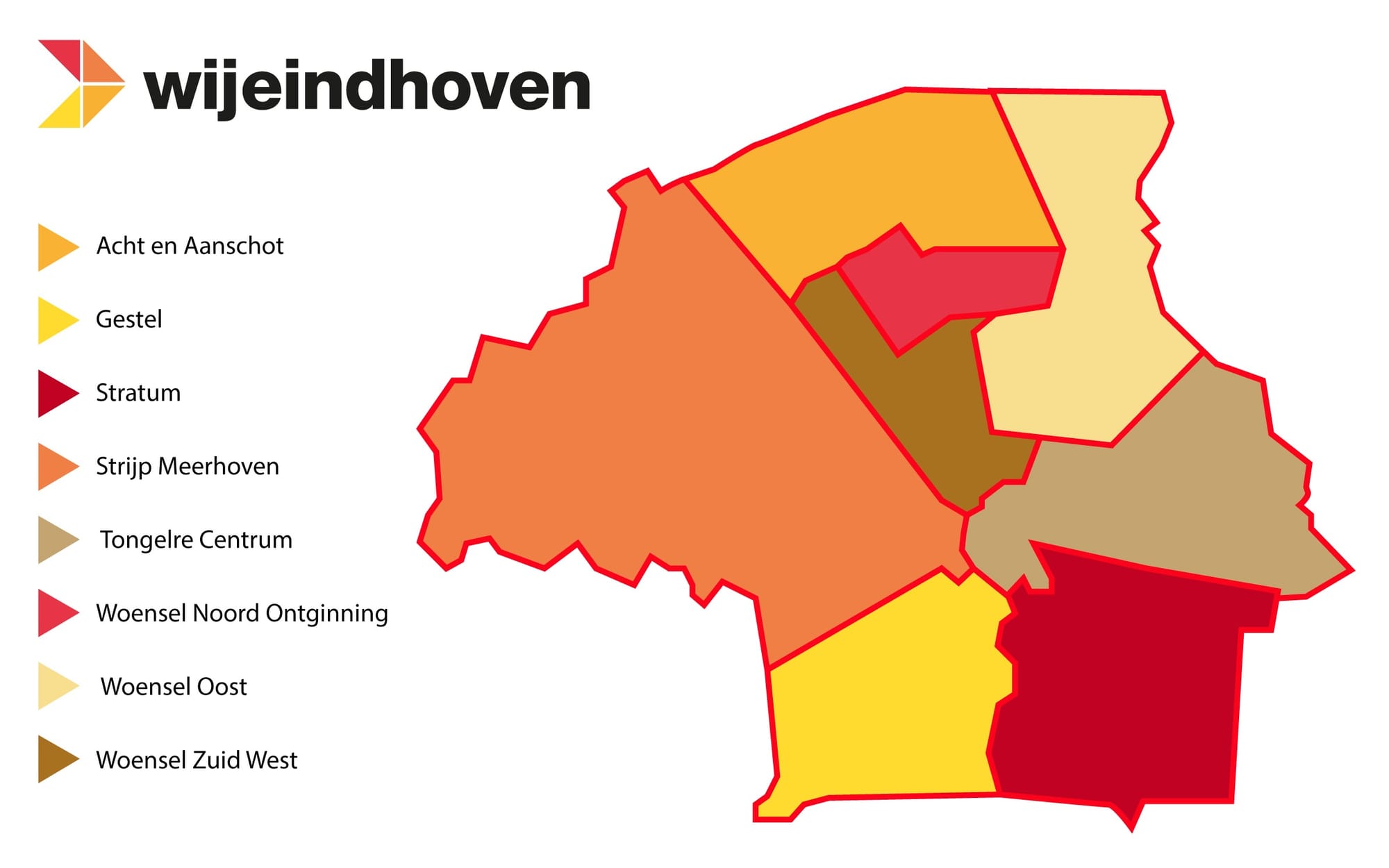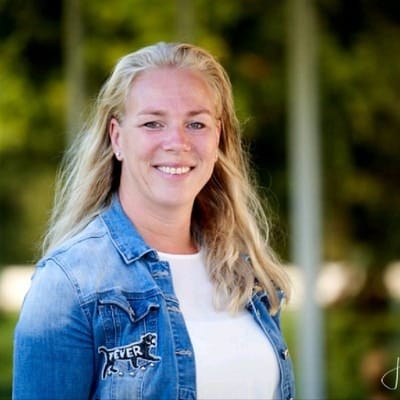Case studies and peer supervision are standard components of work in the social domain. But how do you ensure that employees hold up the right mirror to each other? At WIJeindhoven, they have chosen a connecting and talent-oriented approach.** "It gives us happier and more sustainably employable employees."
All WIJeindhoven employees are used to asking a lot of questions to the residents of Eindhoven and each other. That does not mean that the answers are always obvious. After all, no person and no situation are the same, so the solution will not be the same either.
"If you bring up a case and discuss it with colleagues, you are best served by advice that suits you," says Mijke Kanters, coordinator of the WIJacademie. "But by nature, the other person often gives advice based on their own experience or what they would find pleasant themselves. Logical, but perhaps not the most appropriate advice."
Moving the conversation forward
As coordinator, Kanters is concerned with the knowledge and development of employees. She is also the [TMA Professional] (https://www.tma-method.nl/en) within the organization. For her, it felt like a logical step a year and a half ago to include the TMA Talent Analysis in case studies and peer supervision.
"A colleague of mine had trouble with a dominant person at the time," says Mijke. "She did her best to stand up to that person. That situation triggered me to look at her TMA. We saw that she scored a 1 on dominance and a 2 on extraversion. So the behavior she was showing didn't fit her."
Together with her colleagues, Kanters looked at which talents could help. "For example, she scored high on social empathy, sociability & contact, and goal orientation. Her strength was in setting boundaries, and she did that too. She sought connection instead of trying to be just as dominant. As a result, the conversation no longer came to a standstill, but instead, there was movement."
Seen and recognized
In the meantime, Kanters is involved in twelve intervision groups within WIJeindhoven. “I didn't think of it that way, but after the first time we held up a mirror to each other based on the talent analysis, more and more colleagues wanted to get started with it. I agree with each group that I will be present at the first four conversations and that they will then do it together. Our employees are used to asking questions, so that works. Moreover, they do not have to learn a completely new language; everyone has done a TMA. The only thing they have to learn is to look at each other's talents when formulating advice. Recently, someone in one of the groups said, “For the first time, I feel seen and recognized.” It's great when you see that the talent-oriented approach is paying off.”
At WIJeindhoven, you can speak of a broad talent-oriented approach; the TMA Methode is completely ingrained there. The organization started using TMA in 2013 because 250 new people had to be hired. In the application process, during the search for the right employees, the talent analysis came in handy, and it was decided to work more broadly with TMA.
That ambition has only grown since Kanters was appointed coordinator in 2018. "Everyone within the organization has now done a TMA. Soon, all employees will also be able to view the report online in the system itself, giving them insight into their talents and development points. This makes it even easier to grab it or share it. This way, we can work together even more in a positive, connecting, and talent-oriented way.”
Trailblazer
WIJeindhoven is a trailblazer in this area, says Ellen de Goede, who has been involved with the foundation as a TMA Advisor since 2013. "Employees are encouraged in a positive, talent-oriented way to use their own and each other's talents. A working method that fits well with their professional view of the residents and their daily actions. The common thread here is: look at what people do have, not at what they don't have. This creates space and movement."
Kanters gives another example: "One of our employees came into a household where there were safety issues and the children were running all over the mother. The employee scored low on confrontation, while she was dealing with confrontational people. She also did not have other talents that you need to tell someone what to do. However, she was able to connect well thanks to her talent in the areas of sociability & contact, and she scored high on perseverance and ambition. She was advised to take a moment every now and then to achieve the set goals and to stay connected with the family. In addition, she was able to let off steam with a colleague who is more assertive so that she could better deal with the confrontational people. As a result, she went into the conversation with a different feeling. Moreover, when you work from your talents, it takes less energy than when you do something that you are not naturally driven by."
Monitoring energy levels
The employees are all enthusiastic about how they reflect on each other and come up with next steps based on their own talents (https://www.tmamodel.com/), says Kanters. "As a result, they are less led by the situation and leak less energy." De Goede adds: "Especially in the social domain, it is important for employees to monitor their energy levels well. They find themselves in situations where there is a lot of pressure and they often have to act quickly with limited resources."
Perhaps that is also the reason why the enthusiasm for this way of working has grown naturally in one and a half years. "I just started, and I didn't have to advertise it," says Kanters. "The fact alone that it produces happier employees who are sustainably employable is advertising enough."

